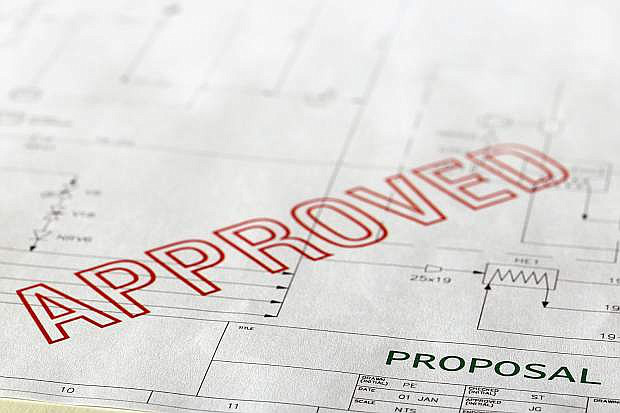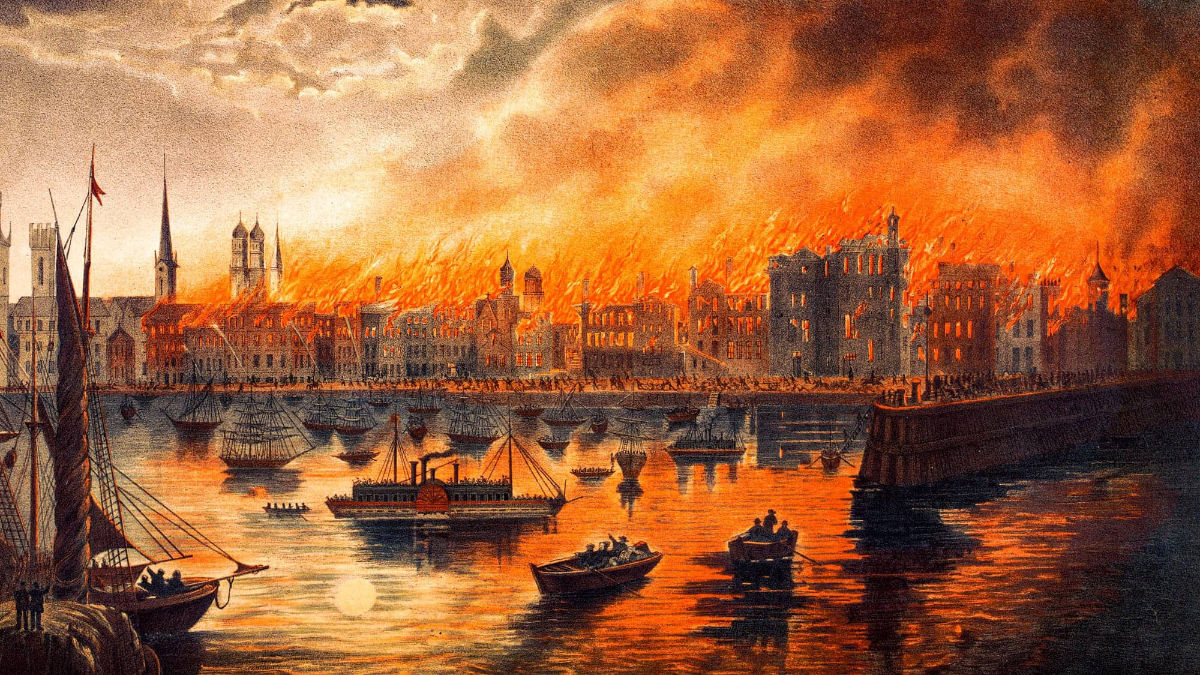On a recent dive into the 550-plus page tome that is the 2020 Minnesota Residential Code book, I began to wonder, where did all these regulations come from? According to the Minnesota state building code website, their agency updates code every six years in an effort to promote building safety and efficiency. It includes requirements for structural design, means of egress, sanitation, life safety, fire safety, and moisture protection.
Frost footing depth, tread and riser dimensions, front and side yard setbacks, the list goes on and on. Boring and trivial to most people, building code is an integral part of the design process for architects. From obtaining building permits to keeping people safe, building code is a necessary tool for designing comfortable and compliant homes for our clients.
Building code can be traced all the way back to ancient Babylon. Hammurabi’s code from 1750 B.C. includes a rule which states if a house is constructed poorly and collapses, killing its inhabitants, then the builder of said house will be put to death.
Many modern building codes came about due to fire danger and structural concerns. Boston outlawed wooden chimneys and thatch roofs in the early 1600s. New Orleans became the first major city to require inspections of public buildings in the late 1800s. My hometown of Chicago still has some of the nation’s most stringent fire safety codes because of the Great Chicago Fire all the way back in 1871. Building codes in America have been written and compiled for roughly the last 350 years, but they weren’t implemented nationally until the American Institute of Architects mandated a national standard in 1973. The International Code Council (I.C.C.) was not established until 1994.
In addition to being a requirement for the safety of builders and occupants, building code provides constraints on the design process. The filmmaker Orson Welles once said, “The enemy of art is the absence of limitations.” Similarly, Leonardo da Vinci said, “Art lives from constraints and dies from freedom.” While they may seem counterintuitive to some, constraints create design problems that foster innovation and creativity. Architects all over the world strive to create exciting new designs, all while adhering to strict building codes and regulations. This is no easy task, as some code can be quite limiting. You cannot place a window wherever you want. But depending on the size of the project, you can capture incredible views and create a unique fenestration pattern. Architects in California and Alaska must consider seismic activity, while in Florida they need to account for high winds. Minnesota architects need to design with heavy roof snow loads in mind.
Roofs must be pitched to shed water, foundations must meet certain requirements for depth and strength, certain materials can and cannot be used. It all depends on the local municipalities and county regulations mandated within code that has been approved by governing bodies and the ICC. Building code is largely mandated to keep us safe, but it also provides for the limitations through which architects and builders can be creative. Working together for safety and designed aesthetics, professionals in this industry are challenged and inspired to satisfy clients and make impactful structures. So, while the code might look like impenetrable lines of legal jargon, it must be understood and implemented for the safety and well-being of humanity, and for the field of architecture to progress into the future.


